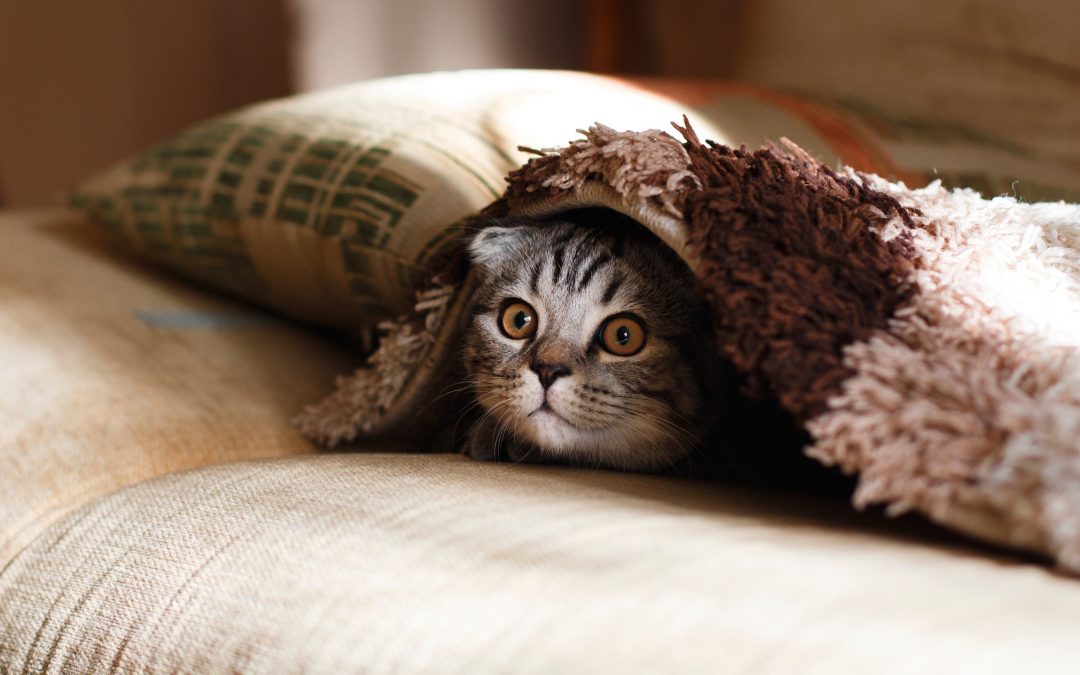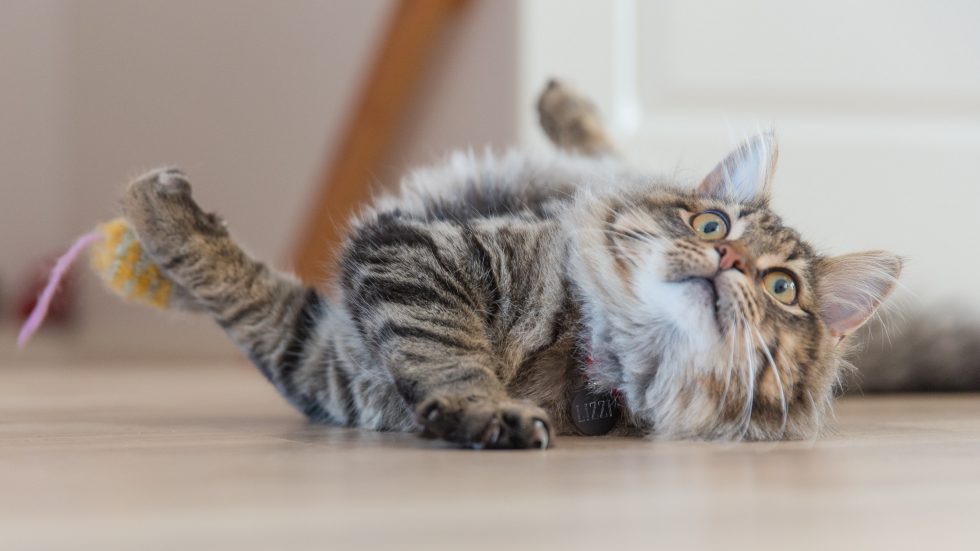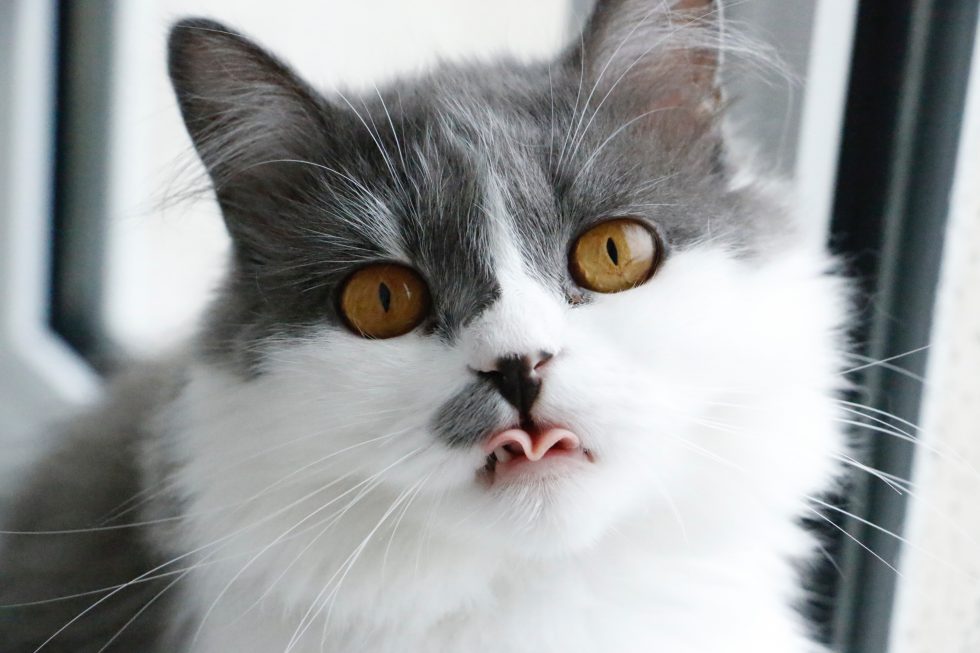
Like humans and other types of pets, cats have unique personalities. Some cats love to be the center of attention, while others tend to run and hide whenever someone gets too close. Unfortunately, if your cat leans toward being anti-social, it can also mean your cat is constantly anxious and afraid. Socializing a cat isn’t just about encouraging your cat to spend more time with you. It’s about helping them to reduce their fears and improve their overall quality of life. A more confident cat will be a happier cat.
Socialization is a process that can take an extended period of time, depending on how anti-social your cat is when you start. You will need to be patient and constantly offer positive reinforcement to your cat thoughout the process.
There are a lot of different techniques you can use to help socialize your cat. The right methods for your cate will depend on what triggers an anxiety response in your cat. Here are some tips for socializing your cat.
Petting

Socializing your cat can start with a step as simple as getting your cat used to being petted and handled. Most cats enjoy some amount of petting, so start with areas that your cat is comfortable with, like the head or back. As your cat gets more comfortable, you can slowly move your touches to areas that may be less comfortable for your pet, such as the face or feet. If your cat allows the touch, offer a treat as a reward. If your cat reacts badly, such as by biting or scratching, stop handling your cat and return to the exercise later.
Playing

Play is another great way to help socialize your cat. Since cats are predators, playing gives them the opportunity to exercise some of their natural instincts in a positive way. Just as with petting, if your cat gets too aggressive or begins to bite or scratch, you should end the interaction and come back to it later. Don’t shout or hit your cat for acting out. Simply stop the play and try again another time. When your cat plays appropriately, be sure to offer rewards in the form of treats.
Be Patient

An anxious cat isn’t going to miraculously transform into a social cat overnight. You’ll need to be patient and continually reinforce good behavior with treats and play. Allow your cat to have the choice to come to you, rather than constantly seeking your cat out. Giving your cat the choice to approach you will help improve their confidence, especially if they receive positive reinforcement and treats when they approach you of their own volition.
When your cat misbehaves, the best choice is to ignore the behavior, rather than reacting negatively. Yelling at or punishing your cat can set back your progress and make it more difficult to achieve the progress you want.
Understand Body Language

Understanding body language is an important part of gaining trust and improving your cat’s confidence. Here are some common body language indicators for cats:
Ears
If your cat’s ears are relaxed and facing forward, it’s a sign your cat is relaxed. Ears that are turned to the side or laid flat back can be a sign your cat is agitated or anxious.
Tail
A tail that is relaxed and held upright while your cat is walking usually means your cat is at ease. Having their tail tucked under their body or low to the ground can signal unease, anxiety or fear.
Eyes
Wide eyes and dilated pupils are a common indicator of fear or anxiety. Slow blinking, regular-sized pupil or closed eyes all mean your cat is relaxed and feeling at ease.
Noticing early signs of anxiety or stress in your cat’s body language will make it easier for you to understand what is triggering fear in your cat and ultimately help you with the socialization process.
Young vs Old

In general, it’s much easier to socialize a young cat or kitten than it is to socialize an older cat, especially if the older cat has experienced big changes such as being in a shelter or moving to a new home. Older cats will likely take much longer to come around and even more patience will be required to help them make progress when in a new or unfamiliar environment. Try not to push your cat too hard, because you can inadvertently cause a setback with the progress.
Introducing your cat to new experiences will become easier as your cat becomes more trusting and less fearful. Meeting new people, traveling in a carrier, and going to the vet will all become easier and less stressful for you and your cat as you offer more opportunities for your cat to gain confidence. Putting in the effort to socialize your cat will be well worth the effort required. A happy, confident cat will be a great companion through the years and you’ll never regret the time you spent to make your cat comfortable in your home.


